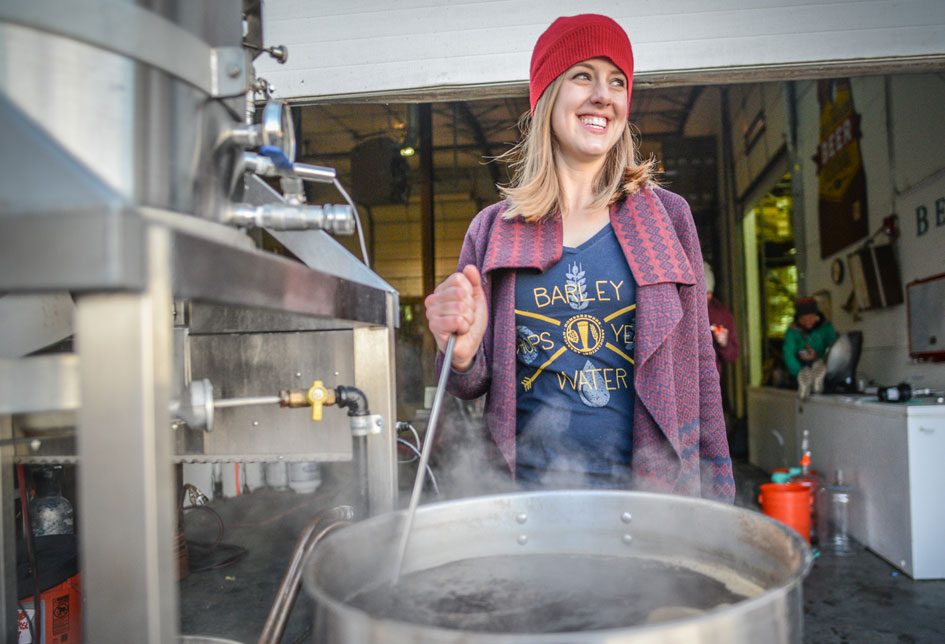

This article originally appeared in the March/April 2024 issue of Zymurgy Magazine
By Amanda Burkemper
Prior to the late 2010s, the state of non-alcohol (NA) beer in America was likely not deserving of the craft beer moniker. Selection was relatively limited, and the quality was such that it did not measure up to the rest of the craft beer industry. But by 2021, there was a notable expansion in options on the market, even though the quality wasn’t yet up to normal strength craft beer standards. I would know—I was pregnant with my two girls during those years. And when you are a beer judge who is heavily involved with your homebrew club, and you can’t drink alcohol beer, you have to at least try out the options! For science, of course.
Now in 2024, the quality and variety of commercially available NA beer has improved to the point where in many cases it is indistinguishable from the “real thing.” Driven largely by consumer demand, this leap in quality is impressive, as is the speed at which commercial brewers have been able to improve their products. It’s been enabled by many commercially available products, such as NA yeasts from White Labs, Lallemand, and Fermentis, and advanced hop products, including distilled hop oils and concentrates from Hopsteiner and others.
The 2023 Great American Beer Festival® (GABF®) had 35 NA beers from 16 different brewers—a huge increase from 2022. Large breweries are now in the NA craft beer game. Sierra Nevada, Deschutes, Dogfish Head, Sun King, and AleSmith, among others, are joining NA-only pioneers such as Athletic and RationAle in trying to capture a piece of the NA market demand.
For homebrewers, this trend presents an opportunity to explore and innovate within the non-alcohol beer space. New brewing technologies and techniques from commercial brewers and homebrewers alike are allowing the creation of non-alcohol beers with much better taste profiles, even approaching that of typical beer. This allows homebrewers to enjoy more beer more often without the negative effects of the accompanying alcohol in it. So even if you aren’t aiming for the United States federal regulation of 0.5 percent ABV at home, you can use these techniques to reduce the alcohol in your homebrew without impacting the overall quality of the beer.
Access the full article in the March/April 2024 Zymurgy magazine.
This article covers the following:
- HOMEBREW RECIPE: Mini-Series “London Brown”
- HOMEBREW RECIPE: Mini-Series “IPA” (0.7%)
- HOMEBREW RECIPE: Mini-Series “IPA” (1.7%)
- Expected attributes of low and NA beer
- Techniques and considerations
- Alcohol reduction
- Brewing techniques
- Malt and mashing considerations
- Water chemistry and pH
- Hop schedule and advanced hopping products
- Yeast selection
- Food safety concerns
Access premium member content for $4.99/month. Join Now
Access premium member content for $4.99/month
Join for $4.99Already a member? Login here


